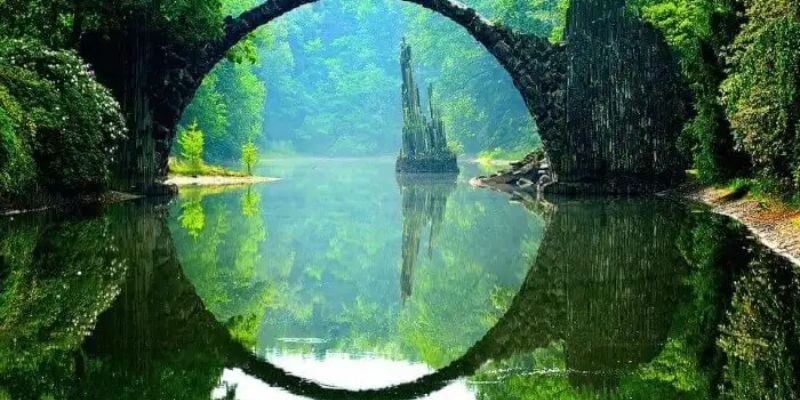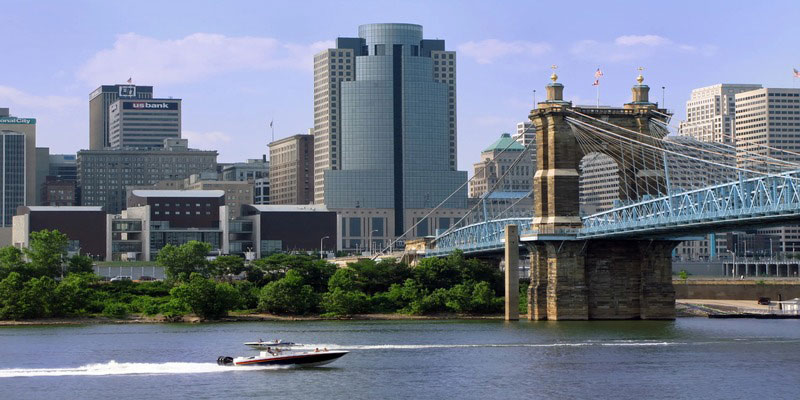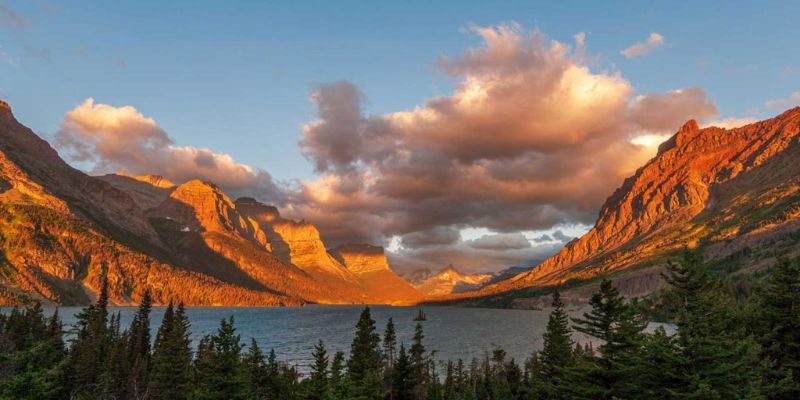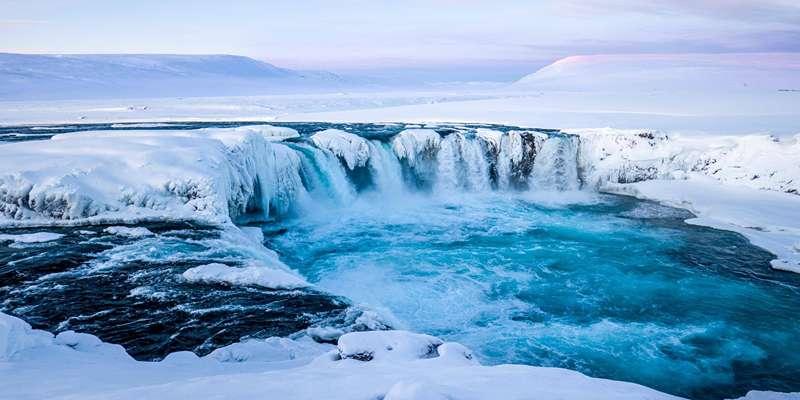
Are you dreaming of exploring Iceland's beautiful mountain vistas, shimmering glaciers, and mesmerizing Northern Lights? Planning a visit to this island nation is an adventure like no other. But when are the best times to visit? From its wild winter weather, Midnight Sun on summer days, and stunning seasonal displays—Iceland offers visitors something special at any time of year.
In this blog post, we'll look at the ideal times to experience all Iceland offers. Read on for more details about the best times of year for visiting!
Get to Know the Different Seasons in Iceland

Iceland's climate is quite temperate, and visitors can experience four distinct seasons: winter, spring, summer, and autumn. Each season has its unique qualities that make them all worth exploring.
Snow blankets Iceland's landscape in winter (December - February), making it a picturesque destination for those looking for a winter wonderland. Visitors can expect long hours of darkness with the sun rising late and setting early, along with possible snow storms. The cold weather also makes it ideal for skiing, sledding, and ice skating.
By Spring (March-May), the days become longer, and temperatures rise as Iceland emerges from its icy slumber. Wildflowers bloom, and visiting during this season allows visitors to witness animals coming out of hibernation or migrating back home.
Summer (June - August) is the warmest period in Iceland, with an average temperature of 10°C-15°C (50°F-59°F). This is when most people visit because there is more daylight, and the weather is perfect for outdoor activities such as exploring glaciers or taking a boat tour around beautiful fjords. The Midnight Sun phenomenon also occurs during this season, which makes long days great for sightseeing.
In Autumn (September - November), Iceland's landscape transforms into bright reds, oranges, and yellows. This is a great time to visit if you're looking for stunning scenery and quieter crowds due to fewer tourists visiting this time of year. Plus, you can enjoy shorter days with warmer temperatures than in winter, making it ideal for hiking and other outdoor activities.
Peak Times for Sightseeing and Touring
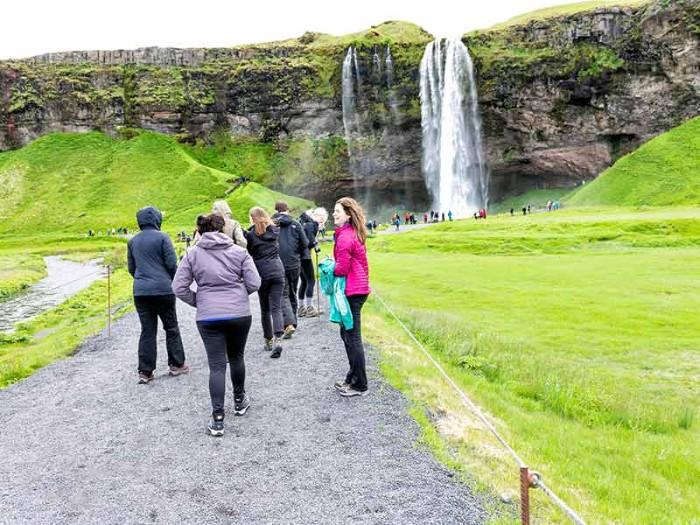
If you want to explore Iceland's incredible scenery, the summer and winter can be great times to visit. From late May through August, travelers will encounter long days with up to 24 hours of daylight—known as the Midnight Sun—perfect for sightseeing and touring around the country.
The peak season for tourism in Iceland runs from June through August. During this time, temperatures are milder and more predictable, making it a good time for outdoor activities such as hiking or exploring glaciers. It's also a prime time to see massive waterfalls, wildflower blooms, and wildlife like puffins.
However, since this is a popular time of year for visitors, you may find prices higher in hotels, restaurants, and attractions.
Winter can also be an amazing time to explore Iceland's landscapes and attractions. The cold weather paints the country in a different light—literally! Visitors may have the chance to see the dazzling Northern Lights (Aurora Borealis).
Temperatures during this period can vary significantly daily, so it's important to be prepared for all conditions. Additionally, shorter days mean less daylight for sightseeing, but there are still plenty of great things to do and see even when temperatures drop.
When Is the Best Time to Spot Wildlife and Nature in Iceland
Spotting wildlife and nature in Iceland is a major draw for many visitors. The country offers many charming creatures and plants, from picturesque birds to Icelandic horses. The best time to spot them depends on what you're looking for.
In winter, white-tailed eagles and ptarmigans can be seen along with hundreds of other bird species that migrate from northern Europe during this season. Grey seals may also be spotted if you venture out onto the coast—bring warm clothes!
And though days are shorter during this time of year, the chances of catching a glimpse of the Arctic Fox increase due to its seasonal winter coat. Although rarer, reindeer can sometimes wander past coastal areas.
In summer, the Midnight Sun makes it easier to spot some of Iceland's wildlife, particularly birds and mammals. During this time of year, you can find puffins (best seen in Þingvellir National Park), arctic terns (breeding on cliffs along the southern coast), and Icelandic horses that roam free in rural areas.
The warmer weather also increases your chances of seeing dolphins, whales, and seals frolicking in the water around the Vatnsnes Peninsula. So while winter and summer offer unique opportunities to explore Iceland's majestic nature, if spotting wildlife is on your bucket list—summer may be the best time for you!
What is the Best Time for Outdoor Adventure Activities:
Outdoor adventure activities abound in Iceland; the best time to take advantage of them depends on your interests. If you're a fan of winter sports, winter is the ideal time for skiing, snowboarding, or snowmobiling across the glacier fields.
July and August bring longer days and warmer weather, perfect for hiking excursions into wildlands or kayaking along coastal waters. Springtime brings dramatic sunrises and sunsets that are breathtaking.
And if you want to see the Northern Lights (Aurora Borealis), autumn is an especially good time to come—the nights of September through March provide the best views of these natural wonders!
Popular Festivals and Events You Should Attend During Your Visit
Iceland is known for its breathtaking beauty and unique culture, celebrated through various festivals and events. During the summer months, visitors can enjoy some of the most popular festivities in the country.
The Reykjavík Arts Festival takes place in June and features music, theater, art exhibitions, and more. The July Rose Days Festival honors Iceland's national flower with parades, concerts, and activities.
The Þjóðhátíð festival in August celebrates Icelandic culture with traditional dancing, singing, music performances, food markets, and much more.
The winter season also offers plenty of icy fun with snow-filled activities like skiing at Hlíðarfjall Ski Resort or visiting Mývatn Nature Baths. The Reykjavík Winter Lights Festival in February is a highlight, with music, art installations, and light shows to dazzle the senses.
Unusual Places to Visit That Aren’t as Crowded
If you’re looking to explore the natural beauty of Iceland away from the crowds, several places offer more peace and solitude. The Westfjords region has stunning coastal fjords, remote fishing villages, and dramatic mountain scenery.
In wintertime, snow covers the landscape in a blanket of white, making for picturesque views that are often less crowded than other well-known attractions. If you’d like to participate in winter activities such as skiing or snowmobiling, this area is an ideal choice.
FAQs
What are the peak tourist seasons in Iceland?
The peak tourist seasons in Iceland are summer (June-August) and winter (January-March). Summer is popular for outdoor activities, such as hiking on the famous Golden Circle route or dipping in geothermal hot springs. Winter draws visitors looking to experience the Northern Lights and explore the snow-covered landscapes.
What are the best times to visit Iceland for Aurora Borealis?
The best time to visit Iceland to experience the Northern Lights is usually between September and mid-April. During this period, there are more hours of darkness, so visitors have a better chance of seeing the Aurora Borealis in the sky.
What are the best times to visit Iceland for hiking?
The best time to visit Iceland for hiking is in the summer (June-August). The days are longer, meaning you can cover more ground and get the most out of your trip. Plus, the weather is usually milder, and there’s plenty of daylight, so you can enjoy the breathtaking views without worrying about darkness setting in!
Conclusion
The best time to visit Iceland depends on what kind of experience you seek. Whether it is the perfect moment for sightseeing, wildlife, and nature spotting or engaging in outdoor adventures, something new is always worth exploring. No matter when you decide to go, this small island country will offer a magical experience off the beaten path. And remember to check out some of the unearthed and unknown places that still hold secrets from visitors wanting nothing more than an amazing view.
